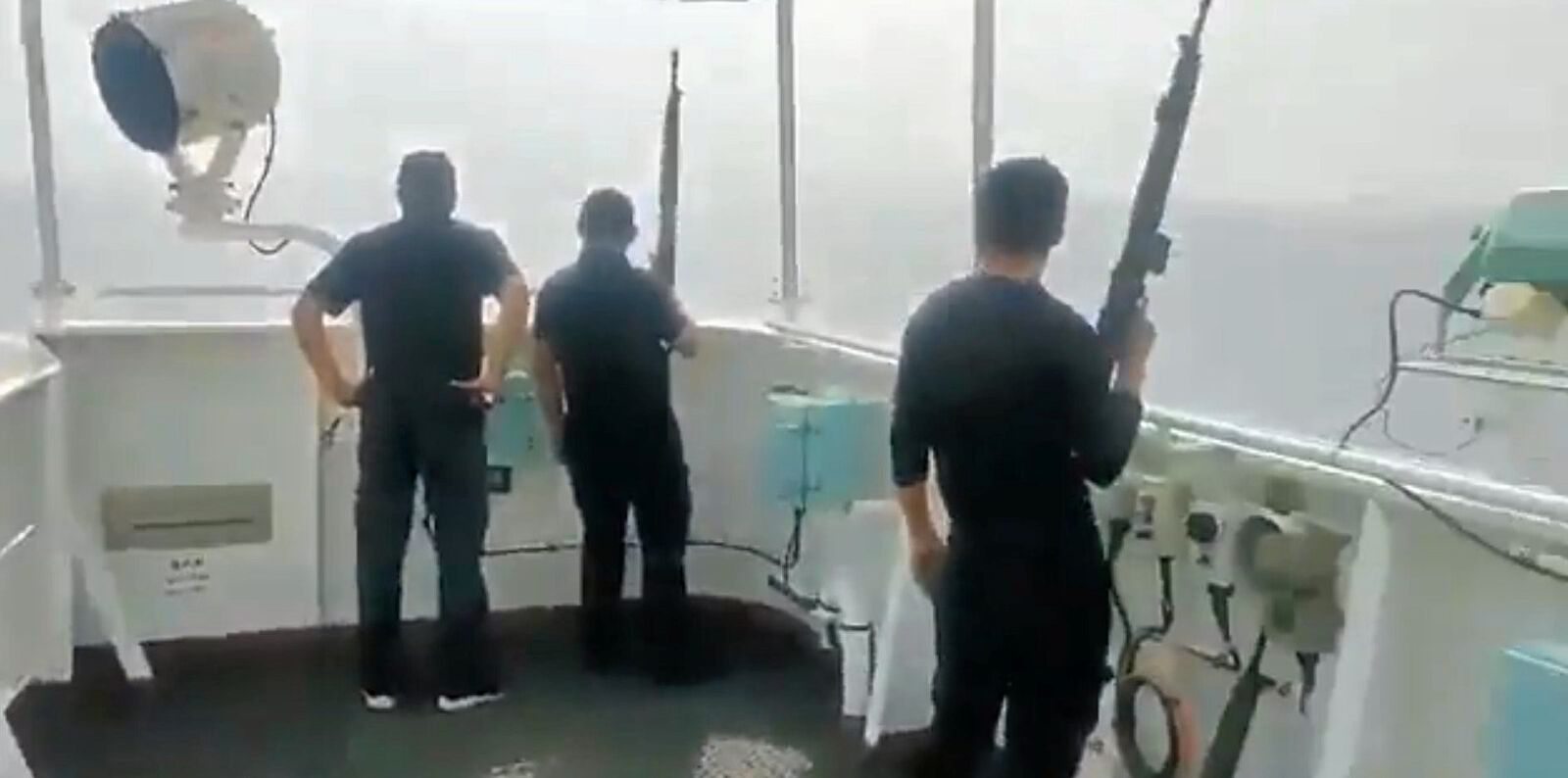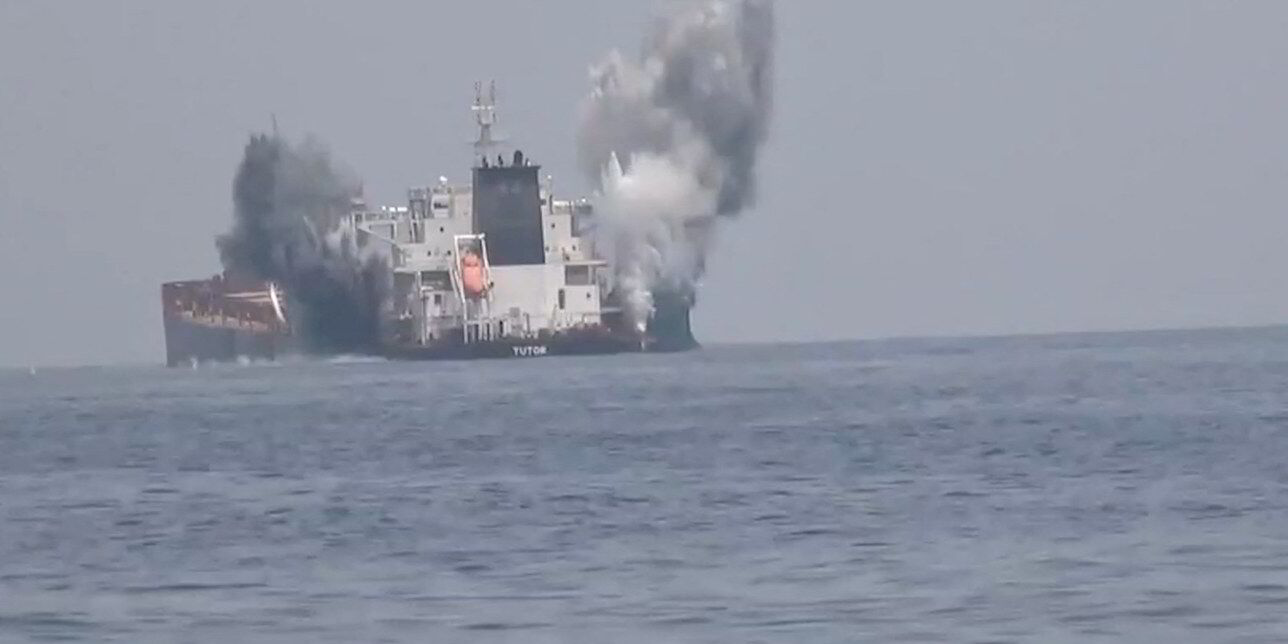Shipping companies operating in the Red Sea should carry out full security reviews of their onboard armed teams after the failure to stop a bomb-laden sea drone hitting a bulker, according to the Indian authorities.
The first sinking of a merchant vessel using a Houthi sea drone in June raised questions about the effectiveness and qualifications of some security teams operating in the region, said the Indian Directorate General of Shipping.
The sea drone strike on Evalend Shipping’s 82,000-dwt Tutor (built 2022) killed a Filipino second engineer and prompted the remaining crew to abandon ship two days later before it sank.
Video of the incident taken from on board the Tutor showed a vessel that resembled a Yemeni fishing boat with two dummies on board approaching the bulker.
The footage also raised questions about the apparent lack of preparedness of security guards to combat the threat.
“Despite the presence of privately contracted armed security personnel on board, video footage of the attack suggests a lack of response as the USV [unmanned surface vehicle] approached the vessel,” the directorate said in an industry circular.
“This raises important questions about the efficacy and training standards of some private maritime security providers.

“The incident underscores the need for a comprehensive review of security protocols and onboard armed security personnel qualifications to ensure they are commensurate with the evolving nature of maritime threats in high-risk areas.”
The Indian authorities did not identify the security firm involved in the Tutor incident.
Experts told TradeWinds that the video suggested that members of the security team had not loaded weapons or taken escalating measures to ward off an attack.
Security teams have to demonstrate a proportionate and reasonable response but have the inherent right of self-defence against a lethal threat.
Standard operating procedures start with sounding a ship’s horn and include elements such as turning on fire hoses, firing warning shots at a range of about a kilometre and for armed guards to clearly indicate they have weapons on board, said the experts.
“Since the decline of Somali piracy, people have been trying to tick the box of armed security but at the cheapest possible level,” said Martin Kelly, head of advisory at EOS Risk Group and a former lead analyst for the Gulf and Yemen of the British Royal Navy’s Bahrain command.
Ships passing through the Red Sea routinely signal if they have armed guards on board via AIS transmissions.
Kelly said the video suggested that the military team on board the Tutor were either not well trained or, if they were, failed to take decisive action.
“They didn’t engage it even though it was obvious it was going to drive into the side of the ship,” he said.
Chris Farrell, group commercial director of security company Neptune P2P, said the video indicated that some of the guards had not loaded their weapons with ammunition.
He said his team would have brought the crew to one location, possibly the citadel, because of the potential threat, which could have saved the engineer, who was believed to have been trapped in the engine room.
Although the video provides only a partial insight into the incident, Farrell said “the crew were walking around, the guards didn’t have ammunition in their rifles and there was no escalation of force doesn’t show me they had control of the situation”.
He added: “Whether the security team would have stopped that [attack] is up for debate … we are never really going to know.”
Read more
- Houthis ram ship in rerun of tactics that sank Greek bulker
- Swarming sea drones herald new phase of Houthi attacks on shipping
- Swarm of ‘uncrewed’ boats shadow cargo ship in Red Sea Houthi hotspot
- Cargo ship ‘hit’ by sea drones in southern Red Sea
- Master reports near miss in Gulf of Aden as Houthis keep up pressure on shipping






